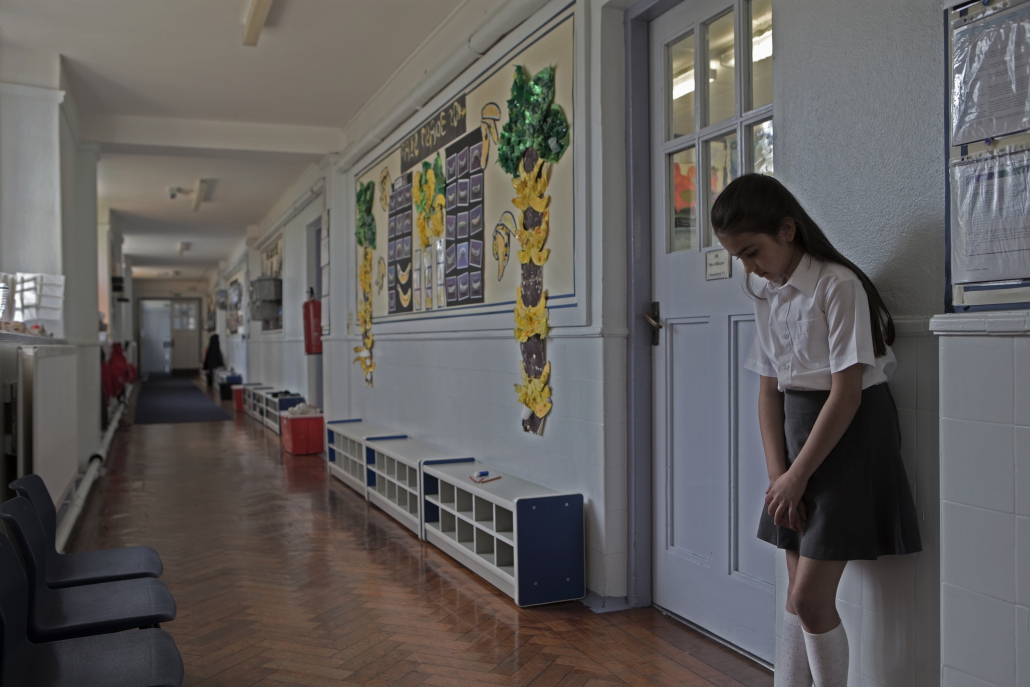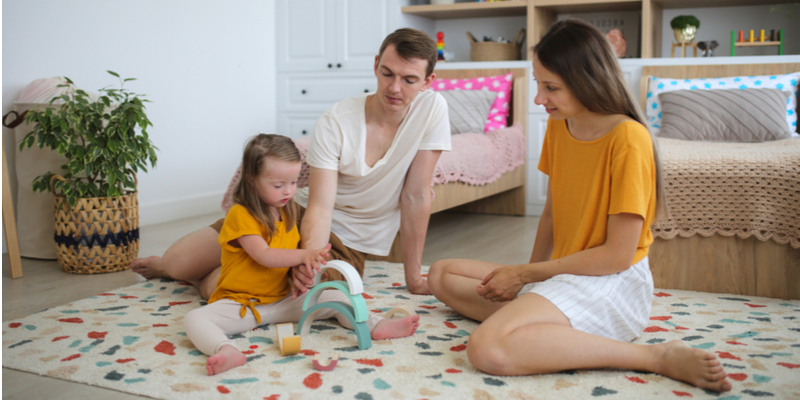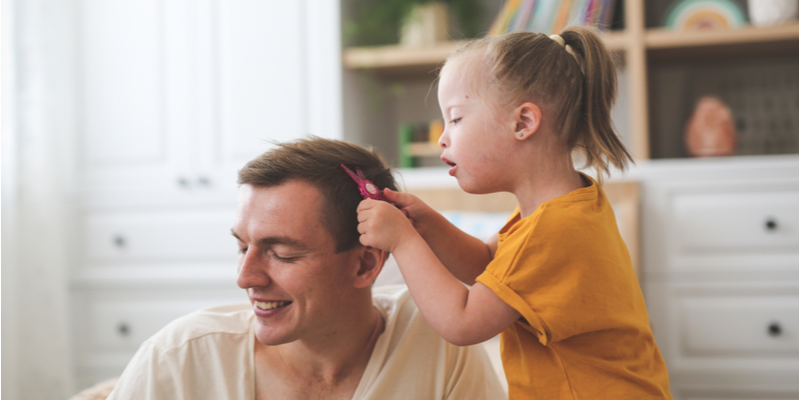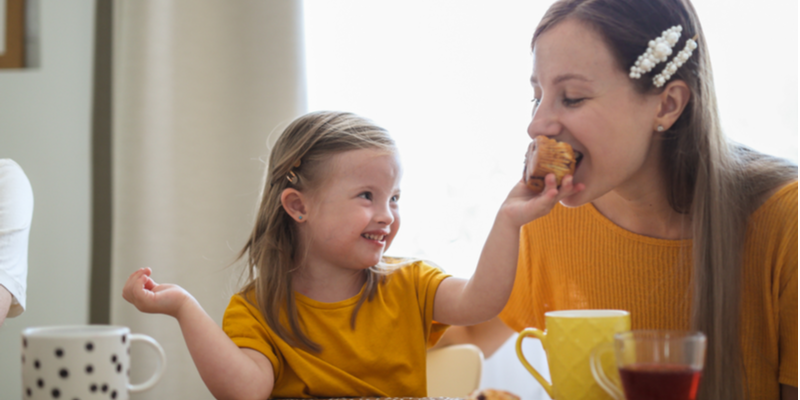Support your Child's Development with Joint Attention
by Bethanie Hancox on Apr 14, 2022
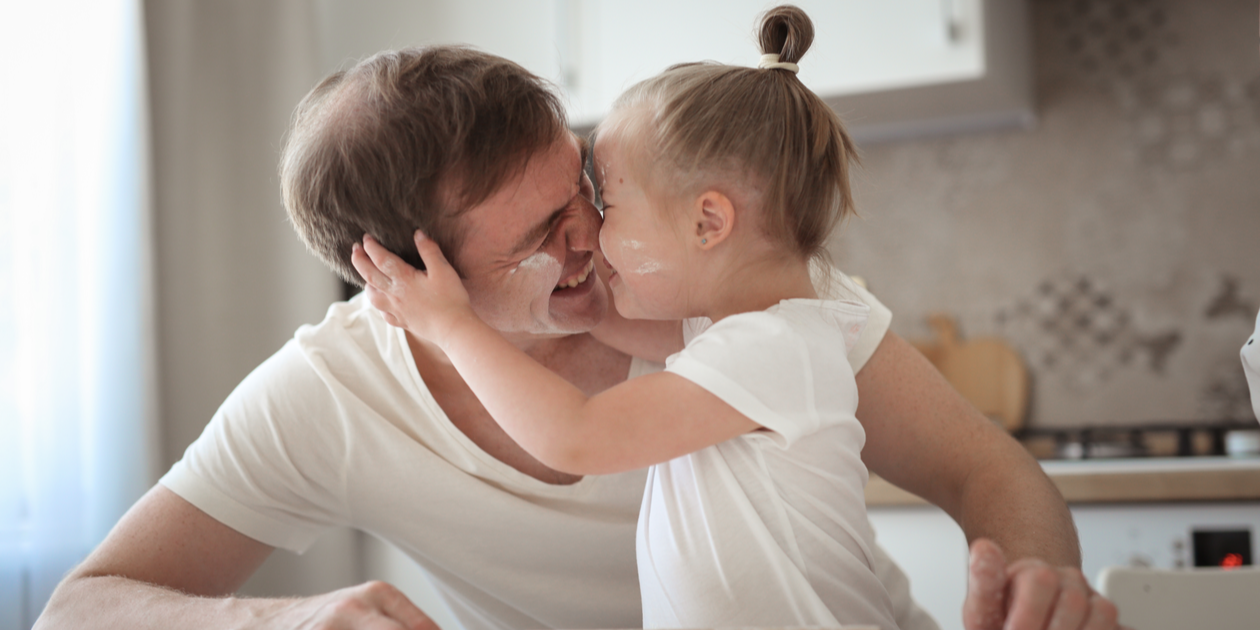
You hear a sound in the distance and point as you say "look, a train!", whilst waiting for your child to look and follow your line of focus. When blowing bubbles, you and your child will pop them together, smile and say "pop!"
These are both examples of joint attention but what is this important skill?
When it comes to early childhood development, joint attention skills are essential. Joint attention is quite simply the ability of two or more people to focus on the same thing at the same time. It is used purely for social purposes and is an early communicative behaviour. You will know when your child is sharing their attention with you when they direct their gaze towards you and then back to the object or activity they are interested in. They may point to an object or say something about it to gauge your attention.
Why is joint attention important?
Joint attention skills are important for early childhood development as they pave the way for social, communication and cognitive skills. Children who develop joint attention skills early on are more likely to have better social skills as they get older. This is because joint attention requires back-and-forth communication which helps children to understand how to take turns, share and cooperate with others. Joint attention skills are also linked to early language development as children learn new words by following the gaze of others and listening to them talk about objects and activities. Joint attention skills also lay the foundation for later academic success as children who engage in joint attention activities early on tend to have better reading and writing skills when they start school (Tomasello Michael, 1995).
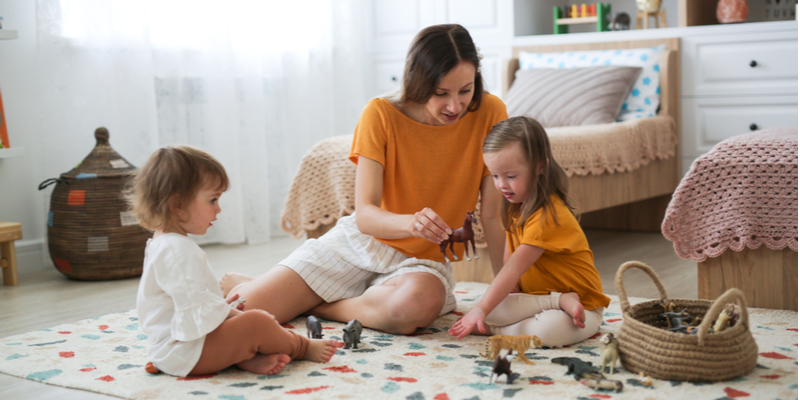 What does joint attention look like?
What does joint attention look like?
True joint attention, i.e. when both the child and adult are focussed on each other and on an object or activity/event that is happening can be seen and developed during everyday activities. There are some key things to look out for and consider when figuring out whether your child is using joint attention or not:
Sharing interests
If your child is showing an interest in something, they may want to share that with you. For example, they might point to a plane in the sky and look back at you to see if you are watching too. This is different to a child pointing to a cup and looking at an adult as this interaction is not for social purposes, more so the child expressing a need.
Requesting information
If your child wants to know more about something, they will direct their gaze toward you as well as the object. For example, they might point to a dog and then look back at you as if to say 'what is that?'
Involving objects or a common focus
If your child is using an object to get your attention, they are beginning to understand that objects can be used for joint attention. For example, they may bring you a book and hold it up to share with you. In terms of sharing an event, the doorbell ringing, for example, might be a shared focus since the child or adult notices it and points this out to the other person.
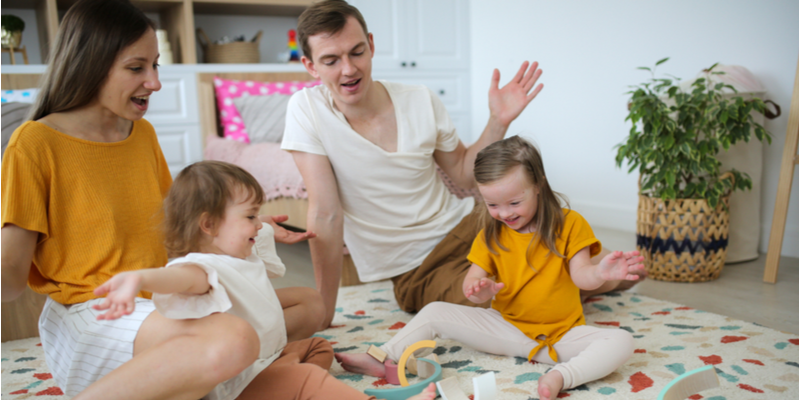
How to help your child develop joint attention
Joint attention skills don’t just develop overnight, they take time and practice. Joint attention typically emerges at the end of their first year and matures through their second year of age. There are also two ways that joint attention can occur; initiating and responding to joint attention.
Initiating joint attention
This is where your child initiates the social interaction. This occurs when your child follows your gaze or points and then looks back at you. For example, your child might see a bird in the sky and then turn to you and point. Older children may use vocalisations or language to gain attention.
Responding to joint attention
This is where your child responds to your or someone else’s efforts to gain joint attention. For example, you point to a dog and say, “look at the dog!”. Your child responds by following your gaze and gesture (such as pointing) to look at the ball. Responding to is often easier than initiating joint attention.
So, how can parents support joint attention skills at home? Here are some simple ways that parents can support joint attention skills in the early years.
Always get down to your child's level when interacting
Ensuring that you are at your child's level during interactions is crucial for developing children's joint attention skills. This is because when you are down at their level, they can see your whole face which helps them to understand what you are trying to communicate and can encourage them to make eye contact with you. It also allows them to see your facial expressions and gestures more easily.
Follow your child's lead
Consider what your child is interested in and why they like it, then try to notice what your child does when playing with toys that they enjoy. Allow your child to play with the toys as they wish, and follow along beside them with another toy. If your child sees you joining in their play rather than starting a new game, they'll be more motivated to interact with you.
Comment on objects within your child's environment
Parents are the greatest role models for encouraging their child's joint attention skills as they can model them themselves. Talk to your child often during every day and meaningful routines and comment on objects around you. Use gestures alongside to really help your child focus on what you are commenting on. If you see an aeroplane in the sky, get down to your child's level, point to the aeroplane and say "aeroplane!" Your child may point up to it too and look at you.
Create opportunities for communication
Create situations where your child may want to draw your attention to something by placing objects in unusual locations such as a spoon in the biscuit jar; doing something unusual such as pretending to put on your child's hat instead of your own or making mistakes happen on purpose such as giving your child one raisin instead of a handful. Ensure you are at your child's level so that they are able to look between you and the object that they are focussed on. It is likely that your child will point to the object, make a sound or use a word to let you know something isn't quite right!
Play with cause and effect toys
Cause and effect toys are a great way to support your child's joint attention skills as they help your child to understand that their actions can result in something happening. For example, a cause and effect toy such as a pop-up toy that makes a noise or pops a toy out when the button is pressed, helps your child to understand that pressing the button causes the noise to happen.
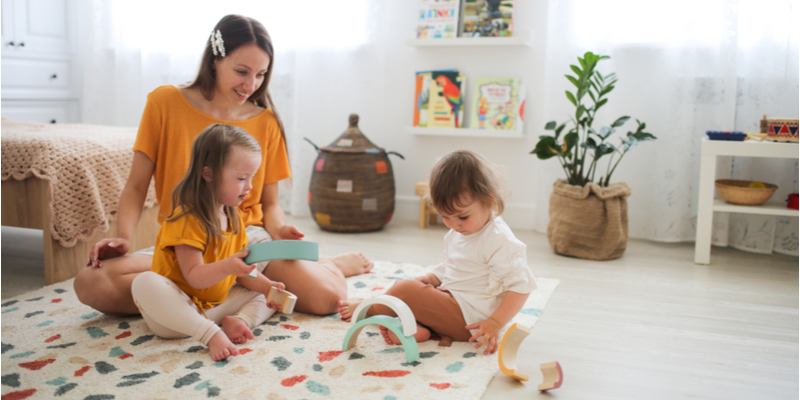
Joint attention skills are so important for early development as they provide the foundation for social interaction, communication and play.
By supporting joint attention skills at home, parents can help their children to develop the skills they need to interact with others, communicate their needs and wants and engage in social play.
If you're wondering whether your child needs support with their speech, language and communication skills, please get in touch with us and we'd be happy to talk it through.
- General mental health (35)
- General Speech & Language (32)
- School Issues (26)
- Counselling (24)
- Primary Schools (24)
- Classroom Behaviour (23)
- Anxiety (22)
- Speech and Language Therapy (22)
- Absenteeism (20)
- SENCOs (20)
- Safeguarding (17)
- Secondary & Sixth Form Schools (16)
- Social Communication (16)
- Funding (14)
- MATs (14)
- Generalised anxiety (13)
- Autism Support (10)
- Language Delay/Disorder (10)
- Relationship Issues (10)
- SEMH (10)
- ADHD Support (7)
- Speech Sounds (7)
- AAC (6)
- Autism (5)
- Hearing Impairment (5)
- Depression (4)
- Selective Mutism (4)
- Anger (3)
- Cleft Lip/Palate (3)
- Downs Syndrome (2)
- Ofsted (2)
- Phobias (2)
- Stammering (2)
- Loss (1)
- Self-Harm (1)
- Suicidal Thoughts (1)
You may also like
These related stories
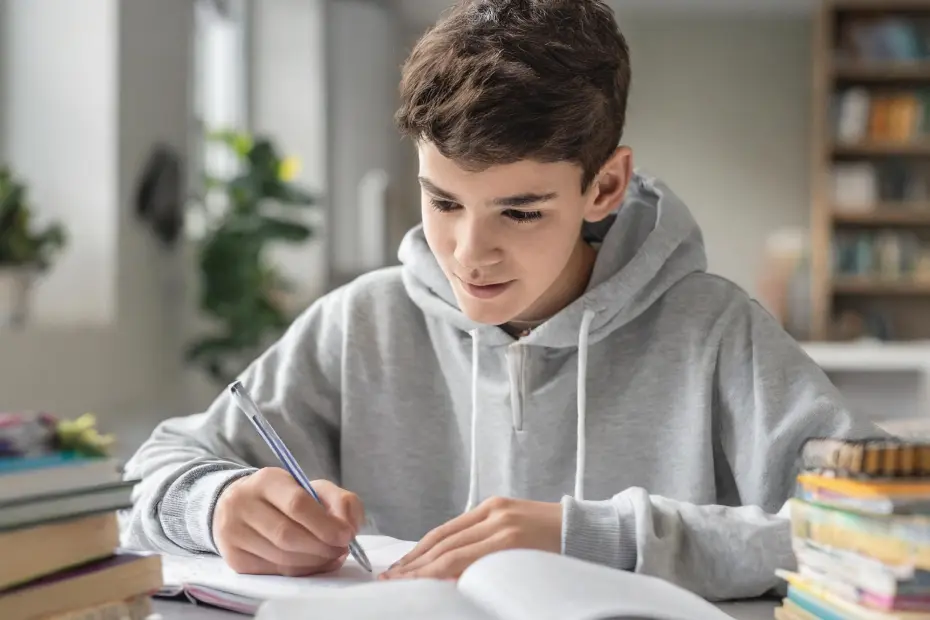
The Impact of Mental Health and Speech and Language Issues on School Attendance
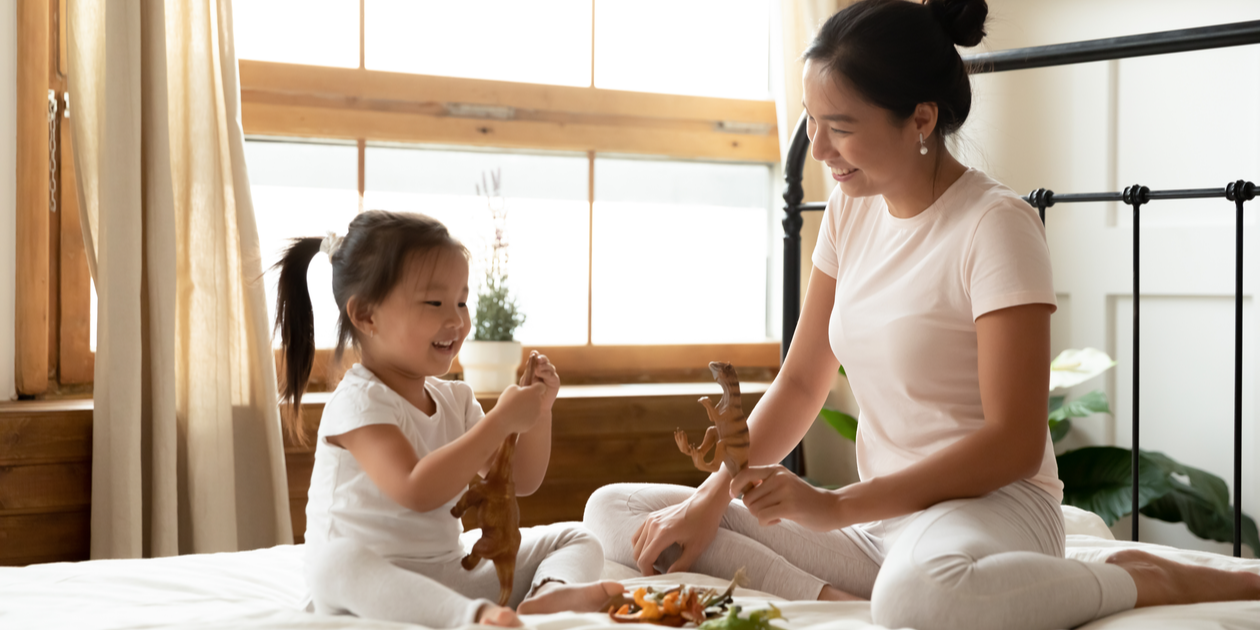
My child mispronounces words – how can I help them?
